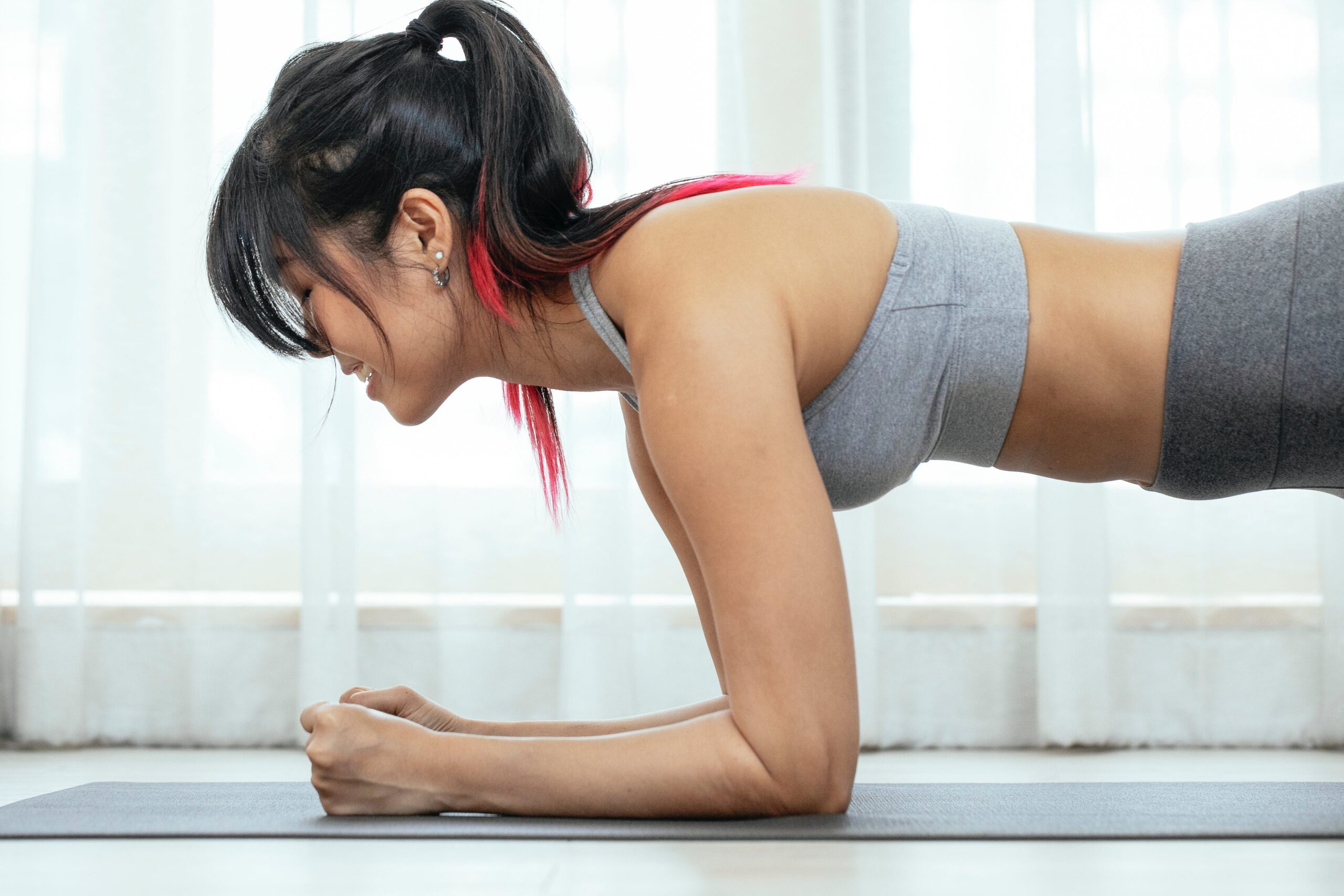Fitness Levels and Their Importance


Being physically fit is about more than simply looking beautiful—it’s also about feeling good about yourself and having a happy, healthy life. It includes a variety of exercises that enhance general well-being, strength, flexibility, and cardiovascular health. It is more crucial than ever to prioritize physical fitness amid the sedentary lifestyle of today. In order to achieve optimal health and vitality, this article examines the importance of physical fitness, its advantages, and practical ways to incorporate it into daily life.
Recognizing physical fitness
The ability of the body to carry out everyday work with energy and alertness, without experiencing undue exhaustion, and with sufficient reserves to enjoy leisure activities is referred to as physical fitness. It is made up of multiple parts, such as:
The capacity of the heart, lungs, and circulatory system to supply oxygen-rich blood to the muscles during an extended period of physical exercise is known as cardiovascular endurance.
The strongest force a muscle or group of muscles can produce in the face of resistance is known as muscular strength.
The capacity of a muscle or muscle group to sustain repeated contractions for a prolonged amount of time is known as muscular endurance.
The range of motion surrounding a joint or set of joints is known as flexibility.
Body composition is the ratio of muscle, fat, and other tissues to total body mass.
The Advantages of Exercise

1. Better health of the heart
Engaging in regular physical activity lowers the risk of heart disease, stroke, and high blood pressure by strengthening the heart and improving circulation.
2. Increased Muscle Tone and Strength
Exercises aimed at building muscle mass and bone density enhance general strength, stability, and posture.
3. Enhanced Range of Motion and Flexibility
Stretching exercises improve joint mobility and flexibility, which lowers the risk of injury and promotes more functional movement.
4. Control of Weight
Engaging in physical activity lowers the chance of obesity and associated health issues like diabetes and metabolic syndrome by burning calories and maintaining a healthy weight.
5. Improved psychological well-being
Exercise lowers stress, anxiety, and sadness by releasing endorphins, neurotransmitters that enhance emotions of happiness and wellbeing.
6. Better-Quality Sleep
Frequent exercise helps people feel more refreshed and renewed by improving their sleep patterns and quality.
7. Improved Mental Abilities
Exercise improves memory, focus, and general cognitive performance by stimulating brain activity and fostering neuroplasticity.

Including physical fitness in everyday activities
1. Make sensible goals.
Whatever your interests and present fitness level are, set realistic goals for yourself, such as doing yoga, lifting weights, or running a 5K.
2. Engage in activities you love.
Select recreational pursuits that align with your interests and way of life, such as swimming, dance, cycling, or sports.
3. Develop the habit.
The secret to keeping up physical fitness is consistency. Include regular workouts in your daily schedule and maintain them just like you would any other commitment.
4. Combine it.
To avoid boredom and keep your workout regimen fresh, mix up the exercises you undertake. To challenge your body and mind, try out various workouts, classes, or outdoor activities.
5. Pay attention to your physical needs.
During exercise, pay attention to how your body feels and modify the time or intensity as necessary. In order to avoid overuse injuries and to encourage muscle growth and regeneration, rest and recuperation are crucial.
In summary
Being physically fit is not an extravagance; it is essential to living a long, healthy life. People who prioritize regular physical activity can reap several benefits, such as enhanced mental clarity, strength, flexibility, and cardiovascular health. Finding methods to be active is crucial for preserving optimum health and vitality at any age, whether it is through regular movement, enjoyable hobbies, or regimented workout routines.
FAQs
1. How much exercise is necessary for me to maintain my fitness?
The American Heart Association suggests engaging in muscle-strengthening activities two or more days a week in addition to 150 minutes of moderate-intensity aerobic activity or 75 minutes of vigorous-intensity aerobic activity per week.
2. If I have physical restrictions or health problems, can I continue exercise?
Before beginning any fitness program, speak with your healthcare professional, particularly if you have any underlying medical issues or physical restrictions. Based on your unique needs and skills, they can offer tailored advice and recommendations.
3. What happens if I’m too busy to work out?
By choosing to walk or bike instead of drive on short excursions, taking the stairs instead of the elevator, and fitting in shorter workouts at home during breaks or downtime, you may include physical activity into your daily routine.
4. Does being in shape require going to the gym?
There are many of methods to keep in shape without a gym membership, such as bodyweight exercises, at-home workouts, and outdoor activities. However, joining a gym can give you access to equipment and programs.
5. How can I maintain my motivation to work out frequently?
To keep yourself motivated and accountable, find things you enjoy doing, make realistic objectives, monitor your progress, and ask the help of friends, family, or fellow fitness enthusiasts.




